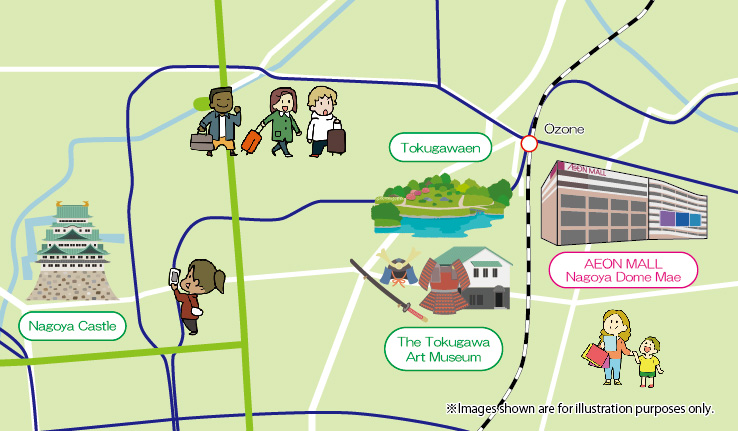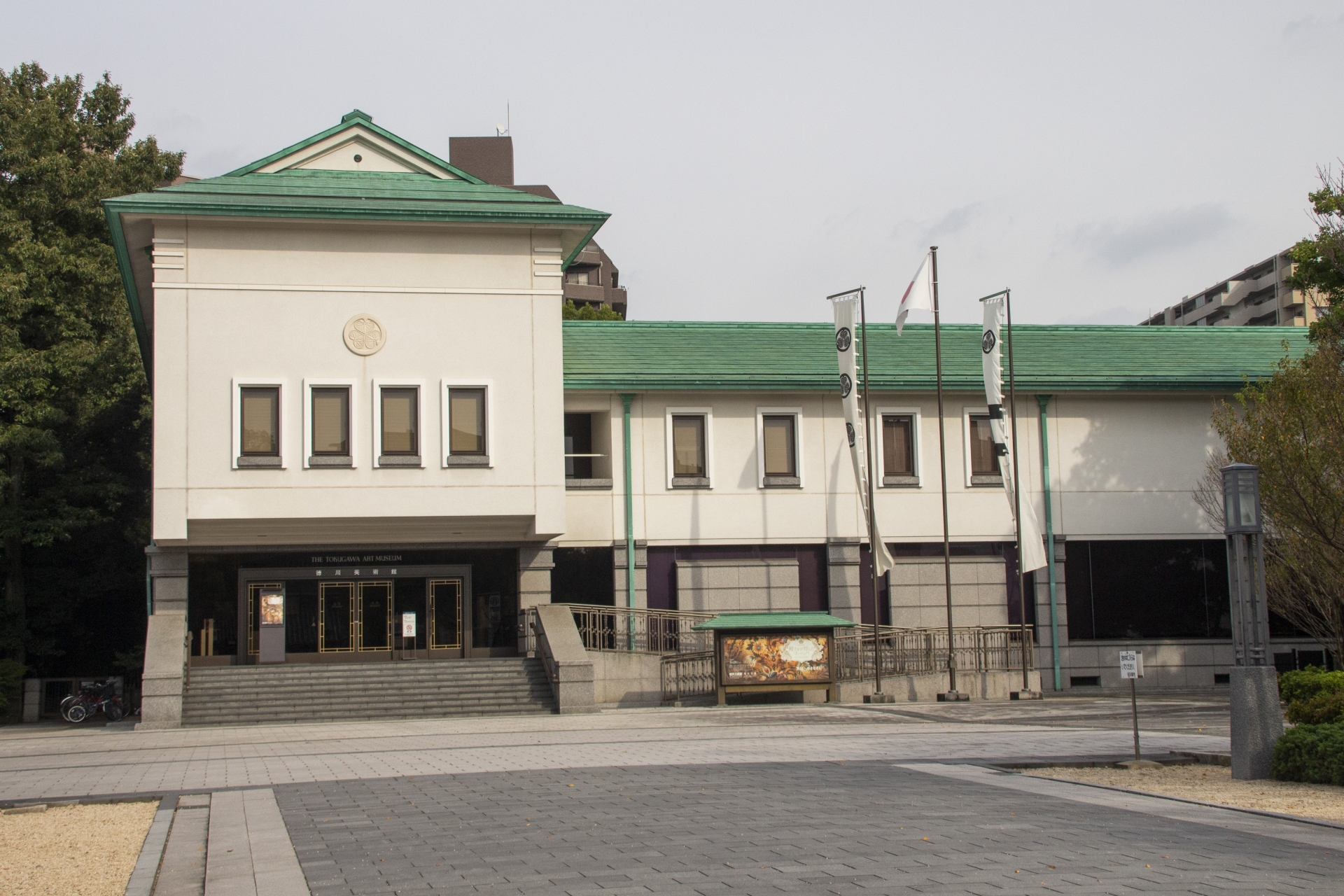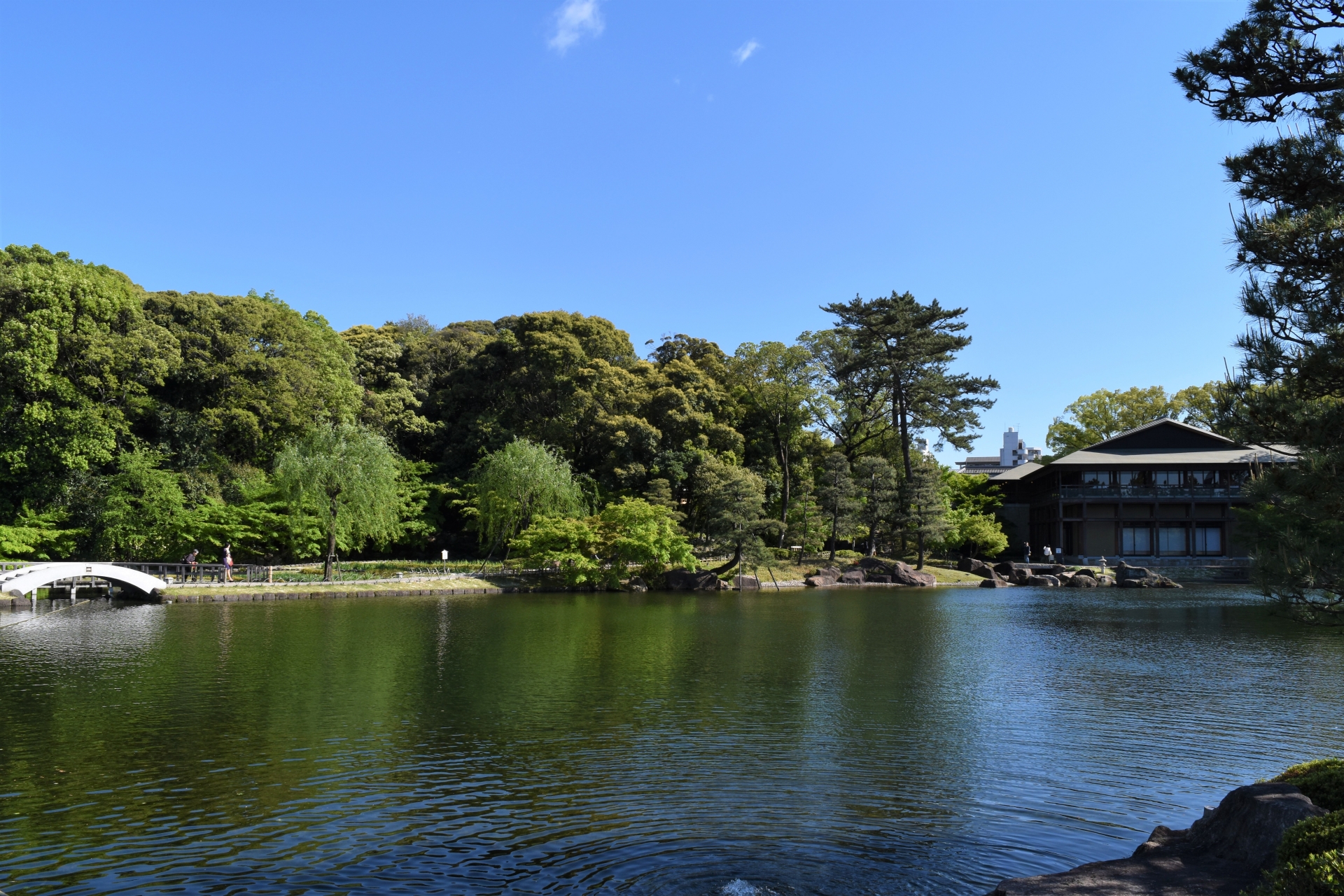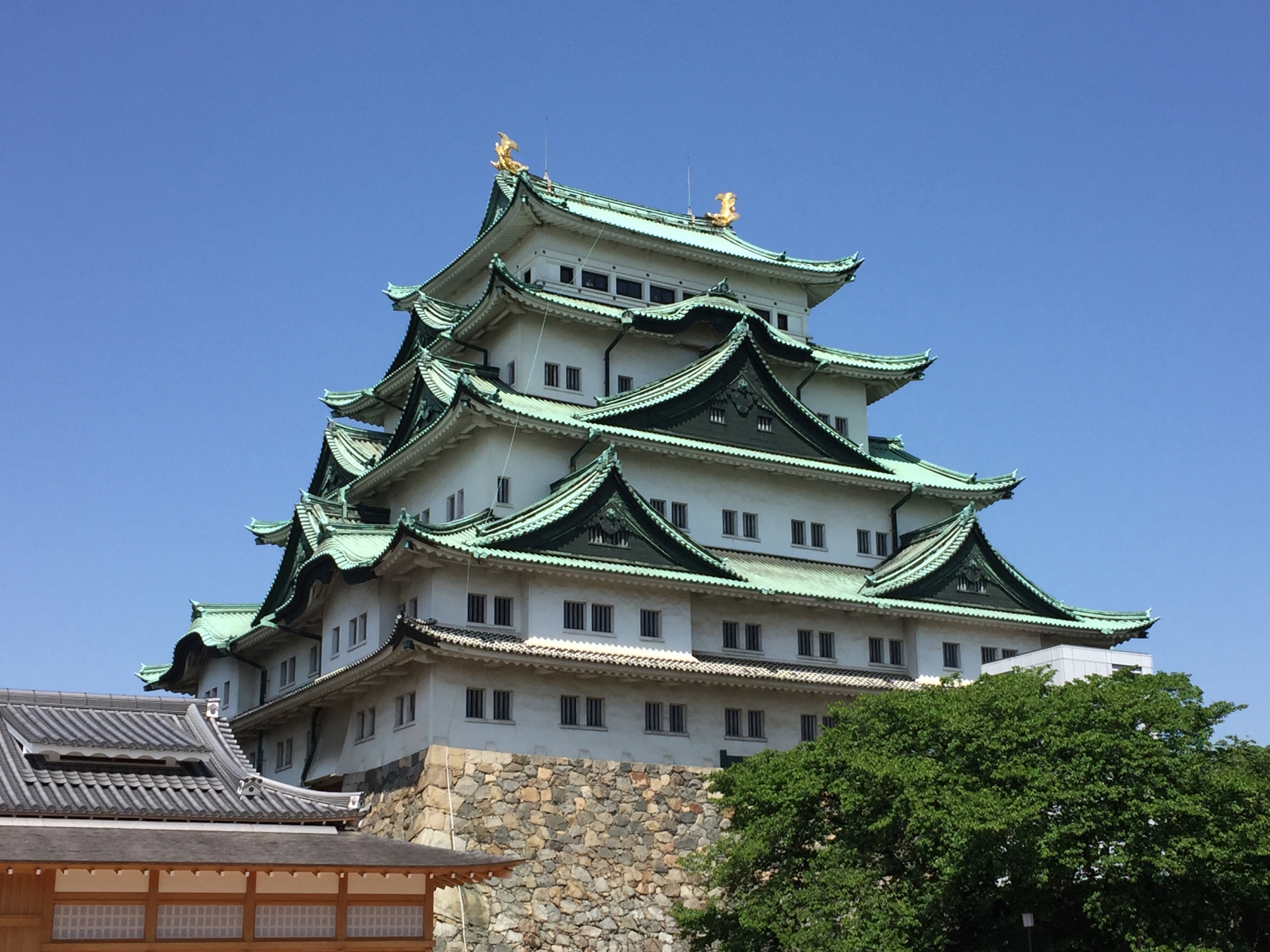
-
Recommend Tour.1
-
Recommend Tour.2
-

The Tokugawa Art Museum
Museum passing down early modern Daimyo culture to the present
The Tokugawa Art Museum preserves and displays various treasures handed down by the Owari Tokugawa Family, the top of the Gosanke, or the senior branch of the three collateral houses of the Tokugawa. It was established in Nagoya in 1935 by the 19th head of the Owari Tokugawa family, Yoshichika Tokugawa, in aim to pass down the daimyo culture to future generations. The museum has one of the largest collections of treasures passed down by a daimyo family, and the quality reflect the status and history of the Owari Tokugawa.
-

Tokugawaen
Japanese beauty created by history and tradition
Tokugawaen (2.3 hectares) is a Japanese strolling pond garden, which was the mainstream style of major daimyo gardens during the Edo period. The site of a clear stream flowing from the waterfall through the ravine, to the pond resembling the ocean, symbolically condenses the landscape of Japanese nature. The garden has land forms with great vertical intervals, and trees are displayed in its natural state, and features a great stereoscopic rock garden representing the dynamism of the warrior society. Visitors will be able to enjoy the natural beauty throughout the seasons including fresh greenery, autumn foliage and flowers such as peonies and Japanese Irises.
-

Nagoya Castle
Destination of early modern castles
Nagoya Castle was constructed in 1615 by Ieyasu Tokugawa. It was Japan's first castle to be designated as National Treasure. The castle is characterized by the golden Shachihoko statue on its roof, the tower keep boasting the largest floorspace in history, and the magnificent Hommaru Palace. It also has a basic function as a superior military facility. Even after wartime air raid destruction, it was recognized as being one of the most important castles in the nation and was designated a National Historic Site. The restoration work of the Hommaru Palace has been completed, and the castle is being rebuilt to its original glory.










